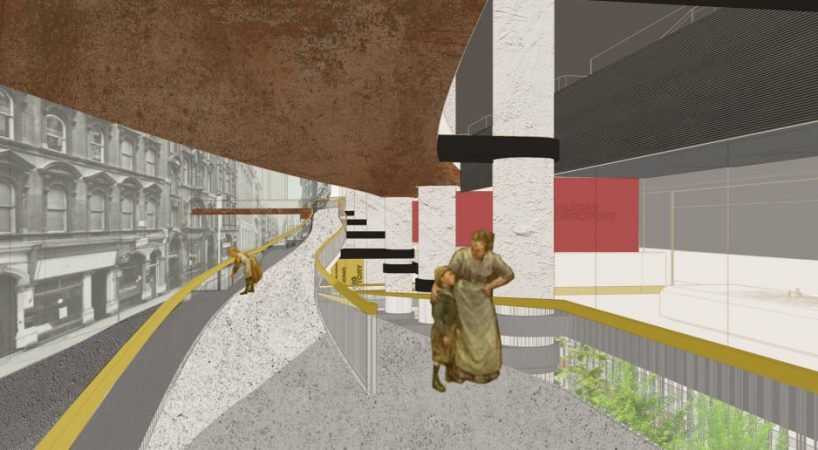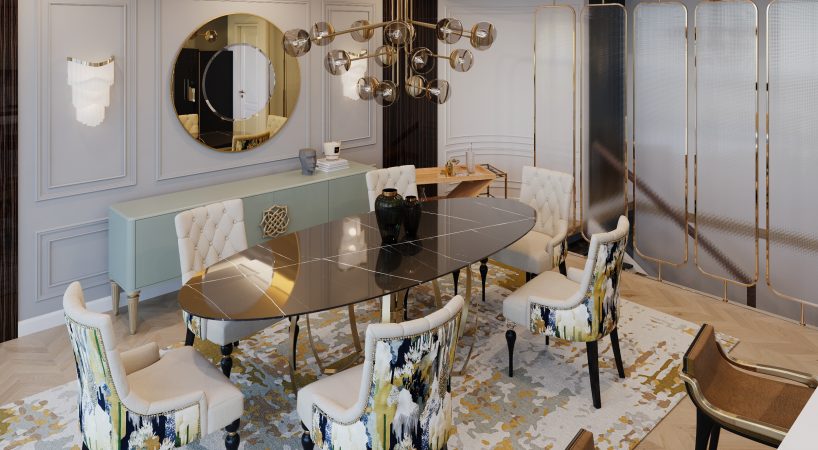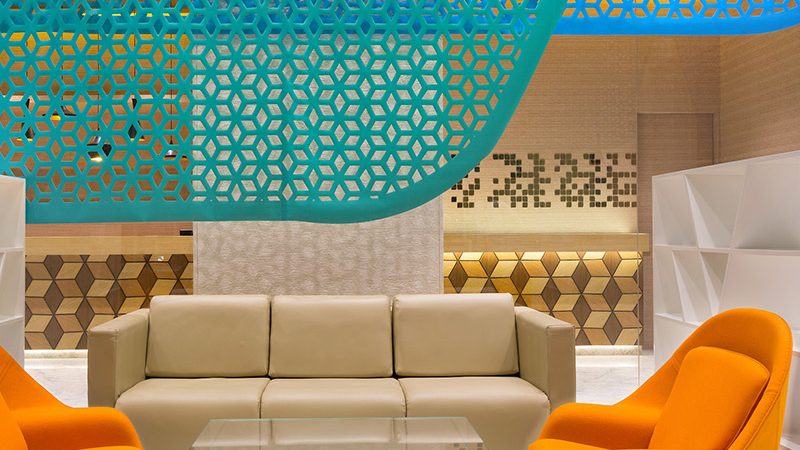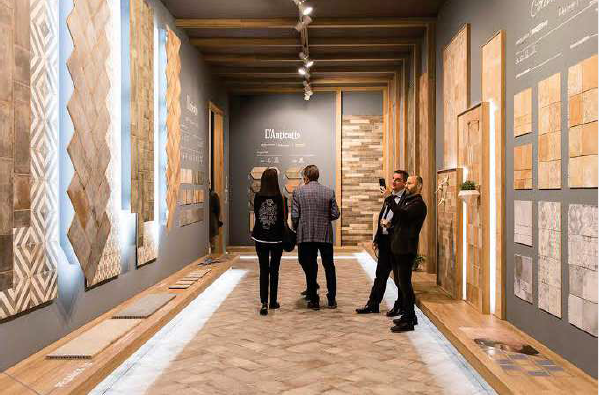Architectural Wonders
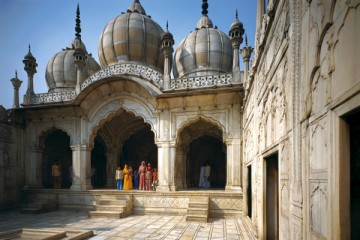
Top 10 Architectural Wonders of the World
We know about natural wonders of the world like the Grand Canyon, Mount Everest, Niagara Falls and so on…But why not we think about the Man – Made Wonders. Lets talk about the absolute must-see buildings. The ones that will make your jaw drop and will have you asking, “how did they do that!?” Here is a list of “Top 10 Architectural Wonders Of The World”
1. Empire State Building New York City NY
This art deco skyscraper stood as the world’s tallest building for more than forty years and now it’s 12th. The empire state building is one of the world’s most recognizable skyscrapers. Empire state building is one of the popular attraction in New York city. The tower has 102 storeys and was built in the 30s. There are two observatories, one is on the 86th floor, where you can see a breath-taking 360-degree view of the city. There is also a much smaller observation deck on the 102nd floor.
2. Kogod Courtyard Washington D.C
The courtyard was designed to make visitors feel like they’re outside, without having to deal with cold and rain. Thus, a roof was necessary to making the space truly useful, and the architects decided upon a wavy glass and steel structure, with glass panels set in a grid and supported by columns. There are several pools of water, which are only a quarter inch deep. They reflect the courtyard and can also be turned off to accommodate more people in the space. Adorning the courtyard are two 32-foot ficus trees and 16 black olive trees, which are filled in with a variety of shrubs and ferns. The space is 28,000 square feet, and will feature free wireless internet access. it was Designed by Norman Foster, this elegant glass canopy was built as an addition to the museum and houses part of the Smithsonian’s art gallery. It won the prestigious Pritzker Architecture Prize in 1999. It’s over 28,000 square feet of glass and gives the impression of a floating ceiling.
3. Panama Canal Panama
Panama canal is a man-made canal that remains one of the most impressive engineering feats of our time. Panama Canal links the Pacific and Atlantic oceans. It was built as a travel port and has had an enormous impact on shipping between the east and west. Each year over 14,000 vessels pass through its concrete tunneled walls. The canal has been enormously successful, and continues to be a key conduit for international maritime trade. The canal can accommodate vessels from small private yachts up to large commercial vessels.
4. Red Ribbon Qinhuangdao china
In Qinhuangdao, China the Tanghe River Park features a new installation of a red steel bench that runs for half a kilometre through the park. The Red Ribbon project is th winner of American Society of Landscape Architects award and was also selected by readers of Conde Nast Traveller magazine as one of the seven new wonders of the architecture world. This knee-high red steel bench acts as a viewing place for the area’s lush vegetation and diverse species. The challenge of this project is to protect the good ecological condition of the site and to ensure safety hygiene accessiblity and attractiveness, allowing people touse the site as an urban park. This “red ribbon” provides seating, environmental interpretation, lighting and displaying of native plants.
5. Hoover Dam Border of Arizona and Nevada
Hoover Dam, originally known as Boulder Dam, is a concrete arch-gravity dam in the Black Canyon of the Colorado River, on the border between the U.S. states of Arizona and Nevada. Hoover Dam is one of the world’s largest hydro-electric generating stations. Hoover Dam is one of the most jaw-dropping sites in the US. The dam is named after America’s 31st president, Herbert Hoover, who played a large role in bringing the nearby states into agreement about water allocations, settling a 25-year controversy. One more great thing about this dam is it was completed ahead of schedule. Construction began in 1931 and finished in 1936. Two years ahead of schedule and well under budget.
6. The Channel Tunnel aka The Chunnel, Europe
The Channel Tunnel, also known as the Chunnel,is a 50.5-kilometre undersea rail tunnel linking Folkestone, Kent in England with Coquelles, near Calais in northern France beneath the English Channel at the Strait of Dover. The Channel actually consists of three tunnels bored in the rock below the seabed of the Channel. Two of the tubes are full sized and accommodate rail traffic. In between the two train tunnels is a smaller service tunnel that serves as an emergency escape route. There are also several cross-over passages that allow trains to switch from one track to another.Today, trains roar through the tunnel at speeds up to 100 miles per hour and it’s possible to get from one end to the other in only 20 minutes!
7. CN Tower Toronto, Ontario, Canada
The CN Tower is the world’s tallest building as well as Canada’s most recognizable icon. The tower is the centre of tourism in Toronto. From the top of the tower you can view the breathtaking view of downtown Toronto. Things to do in the tower include walking on glass floor, eating over 1000 ft above ground at the revolving 360 Restaurant, watching a movie about the construction of the CN tower and of course enjoying the view. It is also a centre for telecommunications in Toronto.
8. Golden Gate Bridge San Francisco CA
Arching over the Pacific ocean, the Golden Gate Bridge links San Francisco to Marin County . The Golden Gate Bridge is acclaimed as one of the world’s mostbeautiful bridges and with its tremendous towers, sweeping main cables and great span, it is a sensory beauty featuring color, sound, and light. The Bridge can be a very busy place, particularly during the summer months. Pedestrians can walk the bridge to get sprawling views of San Francisco’s harbor. Historically, it’s also one of the most photographed bridges in the world.
9. The Guggenheim Museum Bilbao, Spain
The Guggenheim Museum Bilbao is a museum of modern and contemporary art. It was designed by Canadian-American architect Frank Gehry and built by Ferrovial. The museum is located in Bilbao, Basque Country, Spain. It is built alongside the Nervion River, which runs through the city of Bilbao to the Atlantic Coast. The exhibitions in the museum itself change often, the museum hosts thematic exhibitions, centered for example on Chinese or Russian art.
The museum features permanent and visiting exhibits of works by Spanish and international artists. The circular body is signature to the architect and was built to showcase the museum’s pieces in a unique way. It stands alongside Spain’s magnificent Nervion River.
10. Burj Khalifa United Arab Emirates
Burj Khalifa known as Burj Dubai prior to its inauguration, is a skyscraper in Dubai, United Arab Emirates, and is the tallest man- made structure in the world, at 829.8 m(2,722 ft).
The building officially opened on 4 January 2010, and is part of the new 2 km 2 ( 490 acres) development called Downtown Dubai at the ‘First Interchange’ along Sheikh Zayed Road, near Dubai’s main business district. The tower’s architecture and engineering were performed by Skidmore, Owings and Merrill of Chicago, with Adrian Smith as chief architect, and Bill Baker as chief structural engineer. The primary contractor was Samsung C& T of South Korea.
In March 2009, Mohamed Ali Alabbar, chairman of the project’s developer, Emaar Properties, said office space pricing at Burj Khalifa reached US $4,000 per sq ft (over US$43,000 per m2 ). He estimated the total cost for the jproject to be about US$1.5 billion.
The project’s completion coincided with the global financial crisis of 2007 – 2012, and with vast overbuilding in the country; this led to high vacancies and foreclosures. With Dubai mired in debt from its huge ambitions, the government was forced to seek multibillion dollar bailouts from its oil-rich neighbor Abu Dhabi. Subsequently, in a surprise move at its opening ceremony, the tower was renamed Burj Khalifa, said to honour the UAE President Khalifa bin Zayed AI Nahyan for his crucial support.














